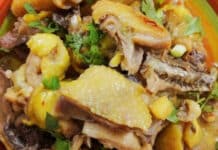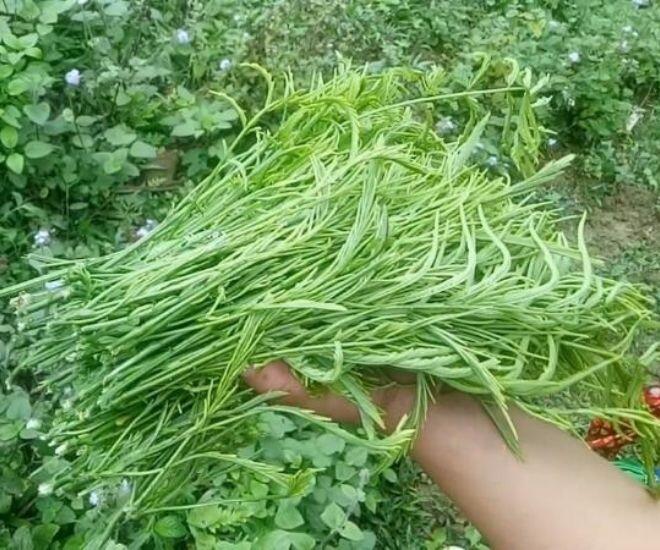
In the Thai ethnic language, “pắc nam” refers to a wild forest plant known as stinkweed. This climbing vine thrives in the lush forests of Northwest Vietnam, particularly from March to June. Its tender shoots, despite the plant’s thorny exterior, are highly prized for both culinary and medicinal purposes. Harvesting requires care to avoid scratches from its sharp spines.
Stinkweed flourishes during the rainy season, blanketing the forests of Son La, Dien Bien, Lai Chau, and Yen Bai. Local markets often feature freshly picked bundles, while urban centers like Hanoi see it sold at premium prices—up to hundreds of thousands of VND per kilogram. Its unique flavor and health benefits make it a sought-after delicacy, though locals enjoy it at a fraction of the cost.
The Aroma of the Mountains
True to its name, stinkweed emits a potent odor that initially deters many. However, this scent mellows after harvesting, and locals savor it fresh to experience its full, earthy essence. Paradoxically, cooking transforms its pungency into a delightful crisp sweetness, captivating even skeptical first-time tasters.
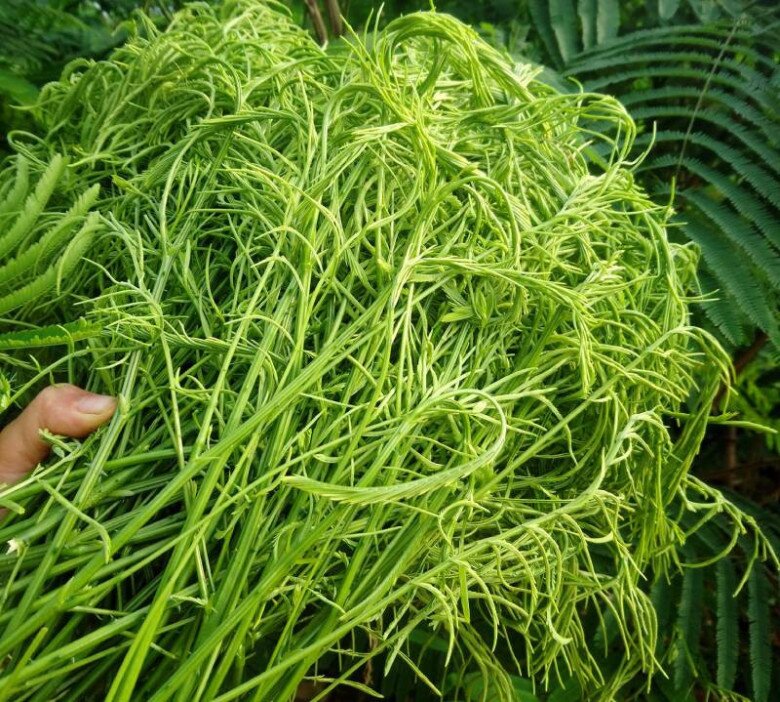
Beyond its culinary appeal, stinkweed is a revered herbal remedy. Traditionally used to cool the body in summer, it also treats joint pain, liver ailments, and digestive issues. Dried leaves are brewed into teas to alleviate acid reflux and stomach discomfort, cementing its status as both food and medicine.
Signature Dishes of the Northwest
Northwestern cuisine celebrates the fusion of forest bounty and ethnic ingenuity. Stinkweed stars in dishes that highlight its versatility and nutritional richness:
Stinkweed Salad with Spiny Bitter Gourd and Dried Pork: Blanched stinkweed tossed with tangy gourd, shredded pork, lime, chili, and peanuts creates a refreshing, umami-packed salad—a staple in highland restaurants.
Pork Tail Soup with Stinkweed: Slow-simmered pork tail melds with stinkweed in a nourishing broth, balancing richness with the vegetable’s crisp texture.
Stinkweed Stir-Fried with Bamboo Shoots: A light, summery dish where tender bamboo shoots complement stinkweed’s subtle flavor, ideal for hot days.
Grilled Stuffed Fish with Stinkweed: Whole fish (carp or trout) stuffed with stinkweed and herbs, grilled to smoky perfection, is a festive highlight.
Stinkweed Fritters: Minced stinkweed mixed with ground pork, seasoned, and pan-fried until crispy—a beloved snack among young food enthusiasts.
Stinkweed Egg Drop Soup: A bold twist on classic egg soup, infused with stinkweed’s aromatic notes for adventurous palates.
Simpler preparations—blanched with dipping sauce, stir-fried with beef—also showcase its adaptability. Each dish reflects the cultural ingenuity of the Northwest, turning stinkweed into a symbol of regional pride.
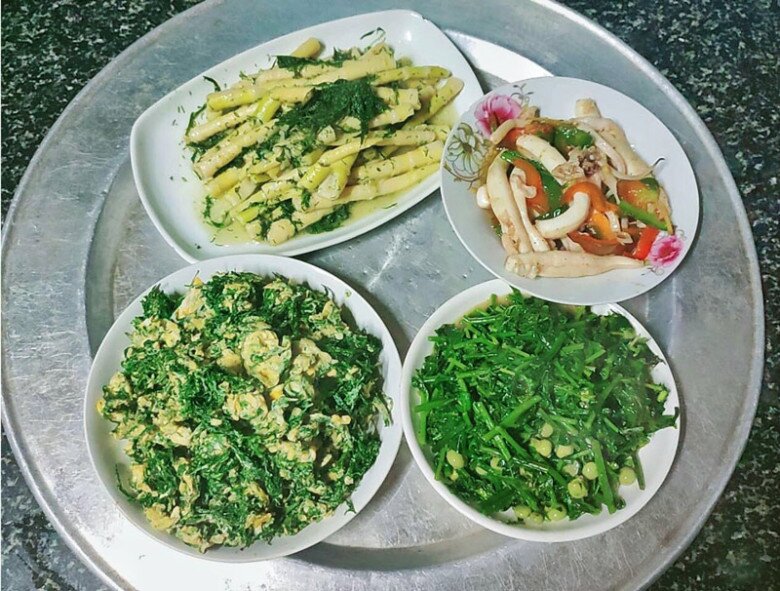
For travelers, stinkweed is a unique souvenir—less common than tea or plums but brimming with authenticity. Whether fresh or dried, it offers a tangible taste of the Northwest, despite urban price markups. Its dual appeal as food and medicine ensures it remains a cherished find.
Today, stinkweed graces both rural tables and urban menus, embodying the Northwest’s culinary spirit. From its intriguing name to its transformative flavors, it invites curiosity and respect, earning its place as a Vietnamese treasure.
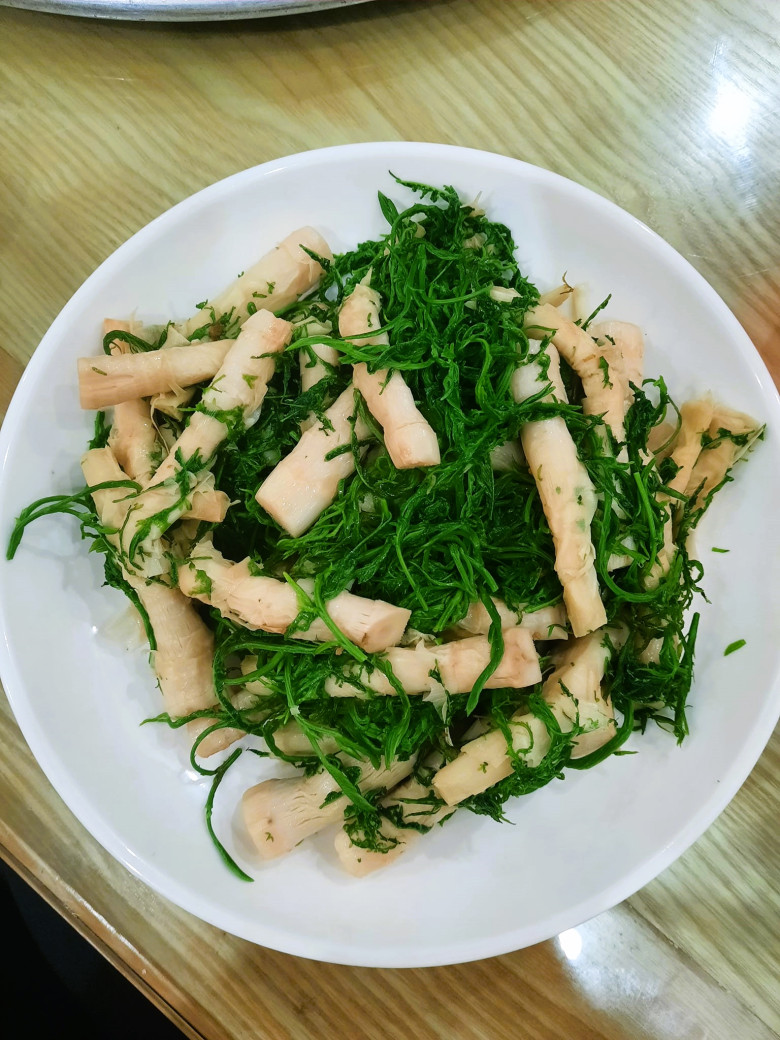
Beyond its initial aroma, stinkweed reveals a crisp sweetness when cooked, offering a gateway to the Northwest’s culinary soul. Its medicinal value and cultural significance make it a worthy ambassador of Vietnam’s regional heritage—a must-try for any culinary explorer.













